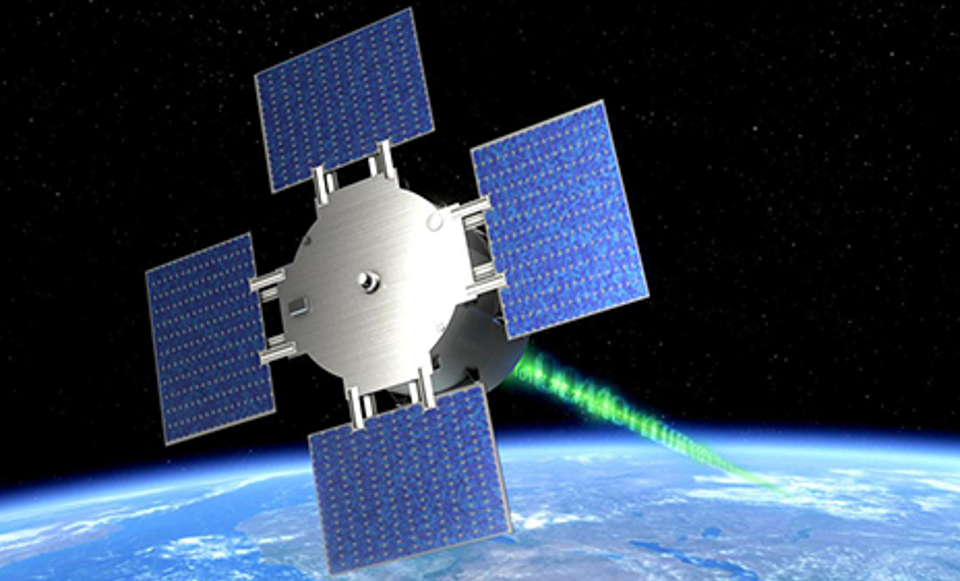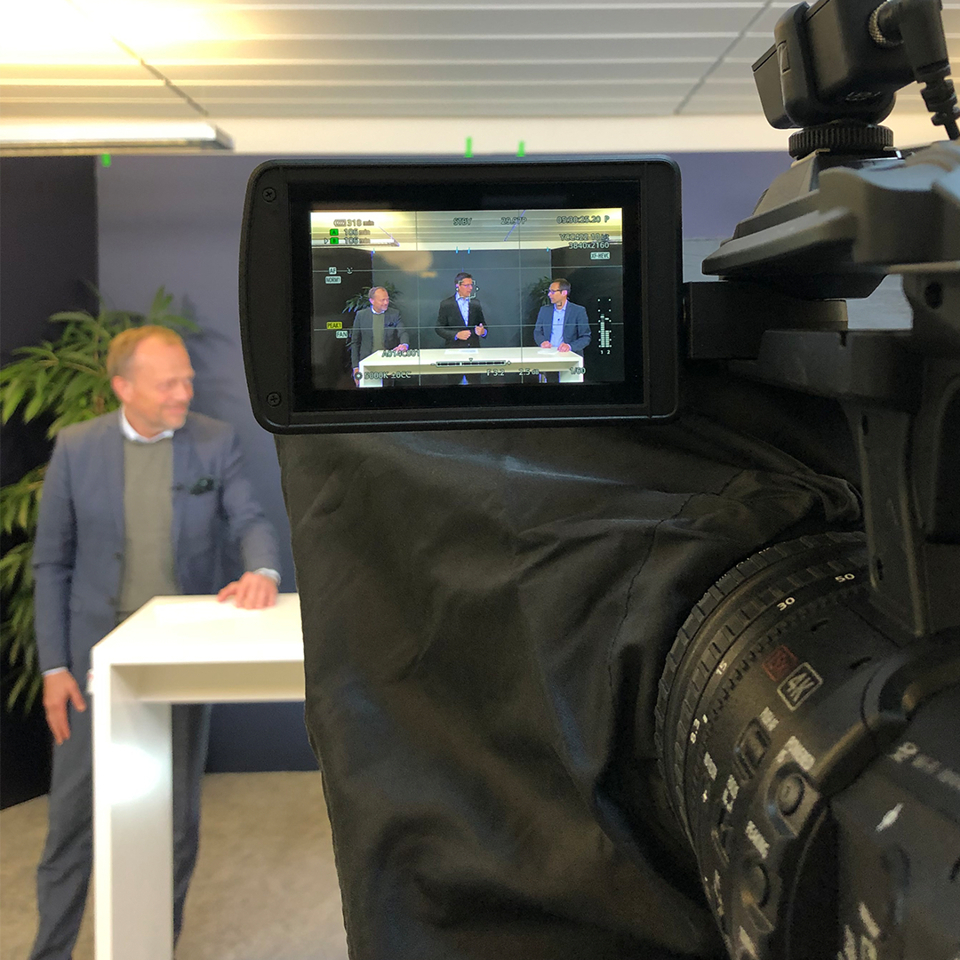2018-11-27
EU:CROPIS – GREENHOUSES FOR THE MOON AND MARS
Terma has supplied the Eu:CROPIS Power Conditioning and Distribution Unit (PCDU).

Lystrup, Denmark - The Eu:CROPIS satellite was successfully launched from Vandenberg Airforce Base with a Falcon 9 from SpaceX on Monday, 3 December 2018.
Eu:CROPIS (Euglena and Combined Regenerative Organic-Food Production in Space) is a German life science satellite developed by the German Aerospace Center – Deutsches Zentrum für Luft- und Raumfahrt (DLR) – to investigate the growing of plants (tomatoes) in different levels of gravity on Mars and the Moon. The Eu:CROPIS satellite will operate two greenhouses under Martian and lunar conditions.
During its mission, the 250 kg lightweight greenhouse satellite is designed to rotate at an altitude of 600 kilometers, initially replicating lunar gravity for a period of six months before simulating Martian gravity for the next six months.
The Power Unit
Terma was selected as the supplier for the Eu:CROPIS Power Conditioning and Distribution Unit (PCDU) due to the compact performance (watt per volume and kg) which characterizes the Terma PCDU portfolio and the heritage of the modules comprising Rosetta, Mars/Venus Express, and Galileo.
The PCDU was delivered to DLR in October 2016 and entered operation shortly thereafter during integration of the satellite. The PCDU ensures that the satellite is not activated prior to separation from the launch vehicle. Once the satellite is separated from the launch vehicle, the essential units are autonomously powered up.
The PCDU converts the incoming power from the solar panels, ensuring that the maximum power available is extracted from the solar panels independent of the temperature or age of the solar panels. Any excess power not used by the units onboard the satellite is used for charging the battery, which is providing power when the satellite is in eclipse.

The Eu:CROPIS Power Conditioning and Distribution Unit (PCDU) developed by Terma
The Mission
The EuCROPIS mission is expected to have a lifetime of two years for the nominal mission but is expected to continue operation beyond that.
During the mission period, tomato seeds will germinate and produce small cosmic tomatoes under the watchful eye of 16 cameras.
A colony of microorganisms will convert synthetic urine into easily digestible fertilizers for the tomatoes and the single-cell organism euglena will protect the hermetic system from excessive ammonia and deliver oxygen.
LED light will be used to provide the day/night rhythm that the euglena and tomato seed require. A pressure tank will replicate the Earth's atmosphere. In the satellite’s orbit around Earth, the plants are weightless, and thus the varying lunar and Martian gravities can be simulated by rotating the satellite at different speeds and utilizing centrifugal force instead.
Ultimately, the aim of the mission is simulating and testing greenhouses that could be assembled inside a lunar or Martian habitat to provide the crew with a local source of fresh food. In a lunar habitat, for instance, the greenhouse would be located in the astronauts' 'home' in a simulated Earth atmosphere. Urine would be one of the waste products the astronauts would produce in abundance.
Once Eu:CROPIS and its scientific payload have reached space, the first stage will be to activate the greenhouse that will simulate a lunar environment.
The second greenhouse with Martian gravity will be activated six months later: by then, the microorganisms, tomato seeds, and euglena will have been exposed to cosmic radiation for six months – the equivalent to a flight to Mars.

More about Eu:CROPIS at https://www.dlr.de/dlr/desktopdefault.aspx/tabid-10081/151_read-17874/#/gallery/23027
The launch is named SSO-A Smallsat Express. Live feed from SpaceX ten minutes before launch. Check these sites:
1. https://www.spacex.com/
2. https://www.youtube.com/user/spacexchannel
3. https://www.nasa.gov/multimedia/nasatv/#public

Who we are
Terma in Brief
The Denmark based high-tech Terma Group develops products and systems for defense and non-defense security applications; including command and control systems, radar systems, self-protection systems for aircraft, space technology, and aerostructures for the aircraft industry.
Learn more about us



